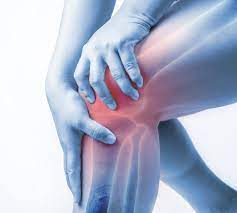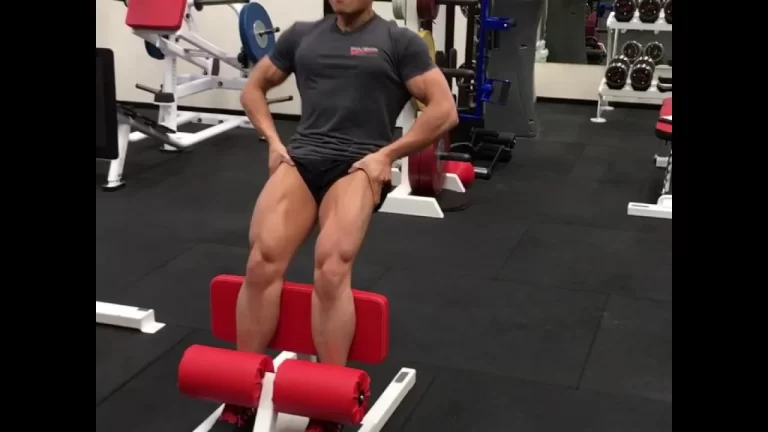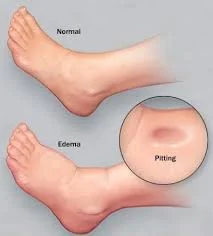Abdominal Muscles Spasm
Table of Contents
What is a Abdominal Muscles Spasm?
Abdominal muscle spasm, also called abdominal muscle cramps, is a powerful, involuntary contraction of the abdomen muscles. During an Abdominal spasm, the muscle will feel stiff and tender if you put pressure.
The major abdominal muscles include the transversus abdominus muscles, the deepest layer of muscle, which stabilizes your trunk; the rectus abdominus sometimes called the “six-pack,” which runs between the ribs and the pubic bone and supports movements between the rib cage and the pelvis; and the internal oblique muscles and external oblique muscles, which provide support and are used in twisting the trunk.
Spasm of abdominal muscles symptoms:
Abdominal muscle spasms may accompany other symptoms, which vary depending on the underlying disease, disorder, or condition.
Gastrointestinal symptoms may occur along with abdominal muscle spasms
Abdominal muscle spasms may accompany other symptoms that affect the gastrointestinal system which include:
- Abdominal pain
- Abdominal swelling, distension, or bloating
- Belching
- Change in bowel habits
- Diarrhea
- Constipation
- Discolored stools
- Heartburn
- Nausea with or without vomiting
- Pulsating mass in the abdomen
- Rectal bleeding or blood in the stool
Cardiopulmonary symptoms that can occur along with abdominal muscle spasm
Abdominal muscle spasm may accompany other symptoms affecting the cardiopulmonary systems which include:
- Chest pain
- Shortness of breath or rapid breathing (tachypnea)
- Other symptoms that can occur along with abdominal muscle spasm
- Abdominal muscle spasms can accompany symptoms related to other body systems which include:
- Bloody or pink-colored urine (hematuria)
- The bulge in the groin area or abdomen
- Change in the level of consciousness or fainting
- Sweating
- Fever
Serious symptoms that may indicate a life-threatening condition
In some cases, abdominal muscle spasms may be a symptom of a life-threatening condition that should be immediately evaluated in an emergency setting. Seek immediate medical care if you, or someone you are with, have any of these life-threatening symptoms along with abdominal muscle spasm:
- Chest pain, chest tightness, palpitations
- Difficulty walking
- High fever
- Severe abdominal pain
- Shortness of breath or rapid breathing (tachypnea)
Causes of abdominal muscle spasm
- Like any other muscle in the human body, your abdominal muscles can get spasms as a result of muscle strain during heavy use or overuse of muscles, fatigue, dehydration, and alcohol or drug use. Abdominal muscle strain is a common injury in athletes and can cause spasms in the abdominal muscle. Abdominal spasms can also are caused by acute disorders of the organs located within the abdomen, particularly the intestines.
- Abdominal muscle spasms can be caused by gastrointestinal disorders including:
- Colic
- Diverticulitis: It is an inflammation of an abnormal pocket in the colon
- Hernia
- Intussusception: It is a condition in which one part of the intestine collapses into another part
- Other possible causes of abdominal muscle spasm
- Abdominal muscle spasms also can be caused by other conditions including:
- Alcohol abuse
- Black widow spider bite
- Cholecystitis (gallstones)
- Kidney stones
- causes of abdominal muscle spasms that can be Serious or life-threatening
- In some cases, abdominal muscle spasms might be a symptom of a serious or life-threatening condition that should be immediately evaluated in an emergency setting. These conditions include:
- Abdominal aortic aneurysm
- Aortic dissection
- Bowel obstruction
- Intestinal ischemia: loss of blood supply to the intestines that can lead to the death of intestinal tissue
- Perforated bowel
Investigations:
- Blood, urine, or stool tests
- X-ray of the abdomen
- Ultrasound of the abdomen
- Computerized tomography (CT) scan of the abdomen
- Barium enema (colon X-ray)
- Endoscopic procedures: inserting a tube with a tiny camera through your mouth or rectum to view areas 00inside your digestive tract
- Electrocardiogram (ECG or EKG)
Treatment of Abdominal Muscles Spasm
Home remedies for immediate relief from Spasm of Abdominal muscles are:
- Heat: Heat can help to relax your stomach muscles. …
- Massage: Massaging your stomach muscles can help to relax them.
- Chamomile tea
- Electrolytes. If your stomach spasms are caused by dehydration, replenishing your electrolytes might help
- Pain relievers
- Antacids
- Rest
Abdominal muscle spasms can get better over time with rest.
These steps can help:
The alternate application between the ice pack and warm compresses to the injured area can help to reduce pain.
Take non-steroidal anti-inflammatory drugs (NSAIDs) to reduce pain and inflammation.
Physiotherapy Treatment for Spasm of Abdominal muscles:
Electrotherapy Modalities:
Electrotherapy Modalities helps to relieve pain, muscle spasm in patients with Abdominal muscle spasms.
Transcutaneous electrical nerve stimulation (TENS):
Transcutaneous electrical nerve stimulation (TENS), is the use of electrical impulses over surface electrodes to provide symptomatic relief by modifying pain perception.
Electrical stimulation:
High-voltage pulsed galvanic stimulation has been used to decrease abdominal muscle spasms and edema. The use of electrical stimulation typically is limited in the starting stages of treatment to allow patients to progress to more active treatments in restoring normal range of motion and muscle strength.
Ultrasound therapy:
Ultrasound therapy is a deep-heating modality that has been shown to improve the distensibility of connective tissue and facilitate stretching of the muscles. Ultrasonography is contraindicated in acute inflammatory conditions because it might worst the inflammatory response.
Superficial heat:
This modality produces effects to a depth of 1 to 2 cm and has been shown to decrease pain and spasms in the abdominal muscle.
Strengthening Exercise of Abdominal muscles:
Abdominal drawing-in maneuver:
Asked the patient to Lie down on their back with both knees bent and feet flat on the floor. Then try to pull their belly button in towards your back. asked the patient to hold this position for 10 to 15 seconds and then relax. Repeat 5 to 10 times.

Bridging
Asked the patient to rest their hand at their sides, bend their knees, and place their feet flat on the floor, beneath their knees.
Instruct the patient to tighten their abdominal and buttock muscles by pushing their lower back to the ground.
then Raise your hips upward to create a straight line from your knees to your shoulders.
Squeeze your core muscles and pull your belly button back toward your back.
Hold for 20 to 30 seconds.

Abdominal Crunches for Your Abdominal Muscles
Abdominal crunches are a very good way for strengthening your core muscles without placing too much stress on your lower back and spine.
Lie on your back
Bend your knees to a comfortable position
Lock your fingers behind your head, you can also cross your arms in front of your chest
Curl your head, shoulders, and upper back up the ground
Keep your lower back in the contact with the floor; you should rise up only a few inches
Breathe out as you rise
Hold this position for three seconds
Slowly return to starting position
Repeat 10 more times
If you feel any type of pain in your back while you are performing the crunch, you must stop and check-in with your healthcare provider or physiotherapist.
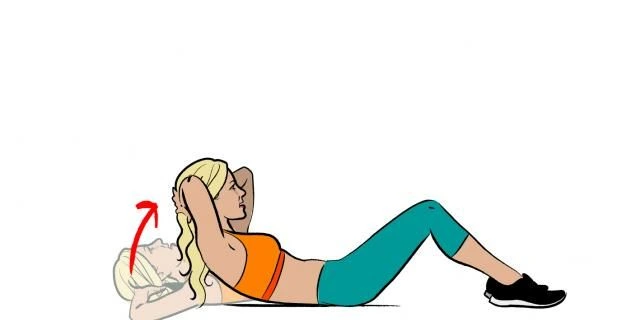
Plank:
In the plank exercise, face down with your forearms and toes on the floor.
Engage your abdominal muscles, drawing your belly button down toward your back
Hold this position for 10 seconds.

Stretching Exercise of Abdominal muscles :
Cobra Pose
In starting position lay your face down on the floor or on an exercise mat.
your hips should be flat on the ground and push your upper body upward while looking straight ahead. This is the stretch of the muscles of the abdomen.
You can hold this position for 15 to 20 seconds, then return to the starting position.
Repeat 3 to 4 times.

Cat-Cow Stretch
The cat-Cow stretch helps to improve mobility and flexibility of the abdominal muscles. It also helps to stretch and strengthen your lower back muscles.
Get on your both hands and knees, and tuck your head down as you arch your back, same as how a cat does it.
Extend the neck all the way upwards, and then drop your belly all the way downwards, stretching the muscles of the abdomen.
You can hold this position for 15 to 20 seconds, then return to the starting position.
Repeat 3 to 4 times.
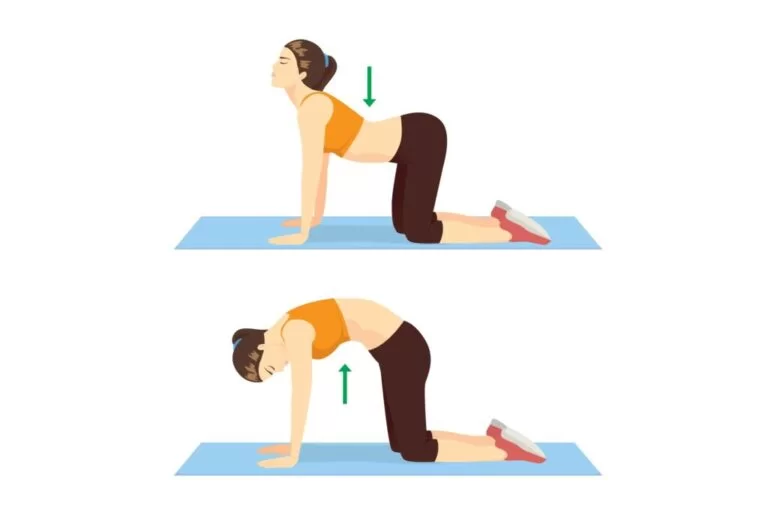
Complications:
- In most cases, abdominal muscle spasms related to muscle tear or exercise are not serious. However, because abnormal abdominal spasms may be due to serious underlying conditions, failure to seek treatment can result in serious complications and permanent damage. Once the underlying condition is diagnosed, it is important to follow the treatment plan that you and your health care professional design specifically for you to reduce the risk of potential complications which includes:
- Deterioration of bowel function
- Intestinal obstruction and rupture of the intestine
- Rupture of an aortic aneurysm
- Sepsis: It is a bacterial infection in the blood
- Shock
How to Prevent Spasm of Abdominal muscles?
- If your stomach spasms are caused by a condition such as inflammatory bowel disease or IBS, By treating those conditions is the best method to prevent stomach spasms. For stomach spasms caused by muscle strain, gas, or dehydration, here are some ways you can help to prevent them from happening:
- Exercise correctly: Working hard on your muscles can be good for your health, but working them too hard or incorrectly can lead to injuries. Always make sure to use proper form and rest if you need to.
- Stay hydrated: A loss of electrolytes due to dehydration may cause stomach spasms. Making sure you stay hydrated, therefore, can help to reduce spasms.
- Changing your diet may help to prevent stomach spasms caused by gas, gastritis, IBS, and inflammatory bowel disorders.
- If gas is causing your stomach spasms, limiting fiber intake can help. Eating fiber can help people with constipation which may be caused by IBS and gastritis.
- Limit your alcohol consumption.
- Limit spicy food intake, which can irritate your stomach and make spasms worse.
- Fatty foods can increase symptoms in these conditions and should be limited.
- If you have an inflammatory bowel disease, ask your doctor to find the safest foods for you to eat.



